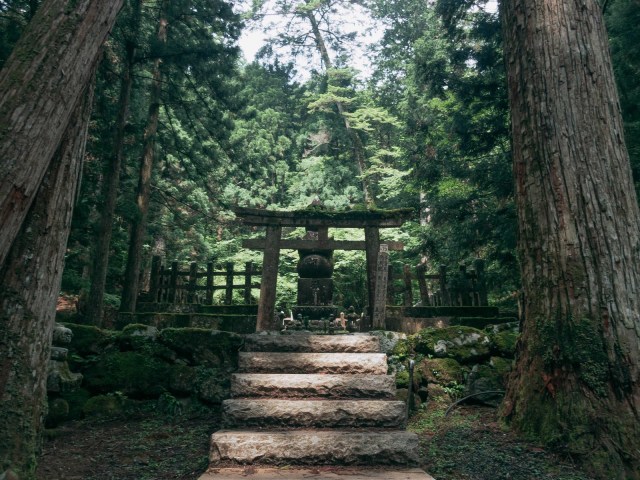
Pilgrimage town of less than 3,000 residents received almost 1.4 million tourists last year.
People have been coming to Mt. Koya, also known as Koyasan, for centuries. Located in the Kii mountains of Wakayama Prefecture, Mt. Koya’s temple complexes were built over a thousand years ago, and both pilgrims and outdoorsmen have been hiking the trails that connect them ever since.
In recent years, though, Mt. Koya, and the town of Koya in which it’s located, have been seeing more visitors than ever before. In 2004, UNESCO designated the “Sacred Sites and Pilgrimage Routes in the Kii Mountain Range” as a World Heritage Site, and Koya is increasingly becoming a standard addition to many foreign inbound tourists’ central Japan itineraries. Interest from international travelers also often resparks interest from domestic travelers in Japan as well, as we’ve seen happen in Tokyo’s Tsukiji and Akihabara neighborhoods.
It’s looking like those visitors to Koya, though, are going to have to start paying a special tax in the next few years. That’s because while the number of tourists keeps increasing, the opposite is happening to the number of residents.
Currently, Koya has a population of around 2,600, down from a peak of roughly 9,000 around 50 years ago. In 2023, though, approximately 1,397,000 travelers came through the town. Around 228,000 of them stayed the night, with some 93,900 being inbound travelers from overseas.
▼ Mt. Koya’s Kongobuji Temple
Koya was never a very big town to start with, and all those visitors are putting a strain on the local infrastructure, according to mayor Yoshiya Hirano. Costs are increasing for maintenance of public restrooms and the sewage system, as well as waste management and trash and litter removal. Even emergency service budgets are being stretched, with the number of ambulance dispatches for tourists in need of medical attention exceeding those for local residents.
With the town’s small population not even being as big as it used to be, it’s becoming increasingly difficult to maintain infrastructure with current tax revenues, Hirano says. “The fact of the matter is that residents are shouldering a large burden in order to sustain the town’s infrastructure,” says the mayor, leading to his call for a visitor’s tax to be instated.
The plan follows recent decisions by local authorities to begin charging entrance fees for Mt. Fuji’s most popular hiking trail and to levy a visitor’s tax at Miyajima island in Hiroshima Prefecture.
Ostensibly, the increase in tourist traffic to Koya should already be increasing the town’s tax revenues, as travelers make use of local businesses and pay into sales/consumption taxes. However, unlike recent tourism spikes in more developed areas such as Kyoto, Koya doesn’t present all that many spending opportunities. As a small, rural town, many of its shops and restaurants are simple and relatively low-priced. Mt. Koya and its trails are also fairly easy to do as a day-trip from Osaka, or even Kyoto, as evidenced by the million-plus tourists who visited last year and didn’t spend the night, meaning their hotel expenditures didn’t trickle down into Koya’s tax coffers either. And while some temples charge admission, the trails themselves are free to hike.
▼ Koya
Because of all that, Koya is in sort of a unique situation in which it’s receiving a lot of visitors who likely arrive in town having already eaten breakfast, don’t do much shopping, and head back to Osaka/Kyoto for dinner and their hotel stay, minimizing their economic contribution to the town. Those factors are also likely why the visitor’s tax would be collected from overnight guests and daytrippers alike.
Hirano stresses, though, that his push for a visitor’s tax is not an attempt to keep visitors away. “Koyasan is a wonderful place, and we are happy to have many people visit. With the declining population, though, it has become difficult to maintain Koyasan with the contributions of residents alone, and so we must ask everyone to help out.”
Specifics of the tax, such as how much it would be and how it would be collected, are yet to be sorted, but the plan is for it to go into effect in the spring of 2028.
Source: Sankei Shimbun
Top image: Pakutaso
Insert images: Pakutaso, Wikipedia/Akiyoshi’s Room~commonswiki
● Want to hear about SoraNews24’s latest articles as soon as they’re published? Follow us on Facebook and Twitter!